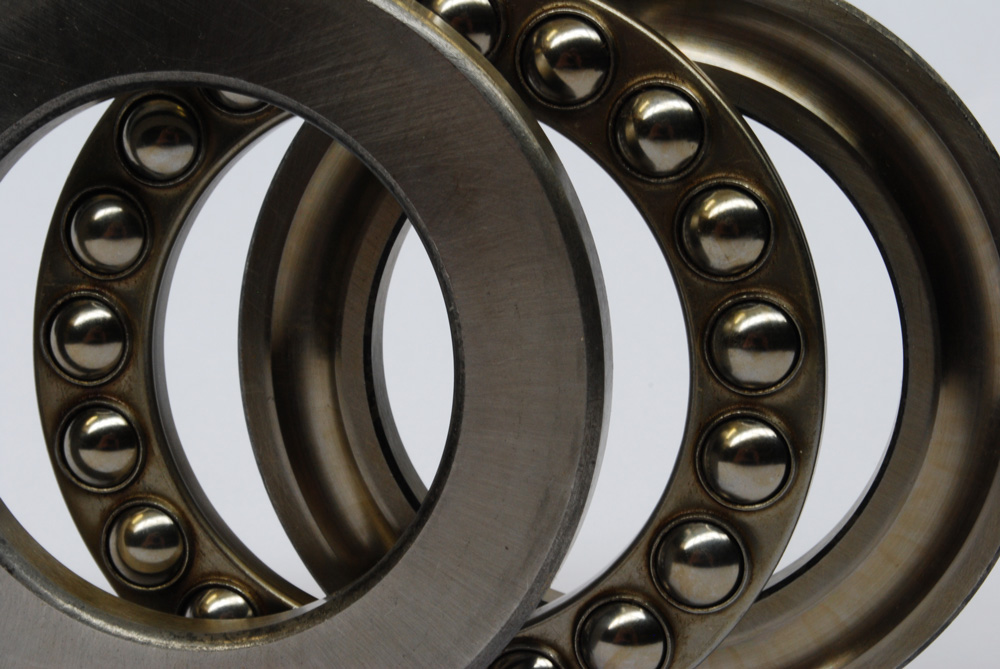Recent Posts
The Remarkable Radial Ball Bearings
Posted by on

The design of radial ball bearings consist of an outer race, inner race, the balls, and the cage or retainer. The cage keeps the balls evenly spaced while ensuring that the bearing load is equally distributed. The radial ball bearing is considered the standard model in the ball bearing industry. Knowing the advantages of radial ball bearings assists in understanding their importance.
Radial Ball Bearings Design
First, there are 3 critical dimensions in the measurement of a radial ball bearing. These are the bore or inside diameter, the outside diameter, and the width. Correctly measuring these 3 points is vital to determine if the ball bearing will fit correctly on the shaft and in some cases inside a mounting enclosure.
Ensuring the proper shaft and housing fit is crucial for allowing optimal performance and increasing the lifespan of the radial ball bearing. A bearing will not perform at its full capacity when it is not properly fitted on the shaft and in the housing. Furthermore improper bearing fits, such as a too loose or too tight fit, can lead to mechanical failure and machine damage. Signs of an improper fit include loud noise, vibration, reduced rotation, overheating, and reduction in radial play.
In general, ball bearings have a single row of balls that move around the race. This single row radial ball bearing style is the simplest and most used anti-friction bearing. The load on each ball is carried at two point contacts. This requires that the entire load of the ball to be concentrated at these two points. Because of this, singe row bearings cannot carry extreme loads. However, it does allow for high speeds.
Radial Ball Bearing Advantages
One advantage of the radial ball bearing is the versatile design configurations. Different configurations allow for tolerating a wide range of load and speeds. Different designs allow for support of the ball bearing rings. The designated point contact feature gives the bearing very low rotational friction making them a great fit for conditions that require high speeds.
There are several radial ball bearing design types on the market today. The Conrad design method is one of the most common. Unlike other radial ball bearings, it does not use a loading ball slot for ball placement. Instead, the bearings are assembled by placing the inner ring into a particular position relative to the outer ring with the two rings in contact at one point. This results in a large gap opposite of the point of contact. The balls are easily inserted through the gap. Once inserted, they evenly distribute around the bearing assembly which causes the rings to become concentric.
The maximum capacity bearings offer a higher load tolerance than the Conrad design as their loading slots allow the addition of extra balls. The angular contact ball bearing is another popular combination because it provides higher axial load capacity in one direction. Finally, super precision ball bearings are specifically designed to handle rigid, high speed, high precision machine tool spindles.
Lastly, the largest advantages of radial ball bearings are their relatively low cost and their ability to increase the lifespan of machinery.
A Couple Reminders
There are a few disadvantages to radial ball bearings. First, they offer a low radial load capacity. In addition, they have a low axial load capacity. Another major disadvantage is that radial ball bearings require a tight shaft tolerance to operate at full capacity. This requires only bearing quality material to be used in the shaft material and housing seats, which can result in more expensive machine construction.
To learn more about radial ball bearings, contact us. At The Big Bearing Store, we offer one of the largest inventories of various radial ball bearings on the market today. Our customer driven support teams are waiting to assist you.

